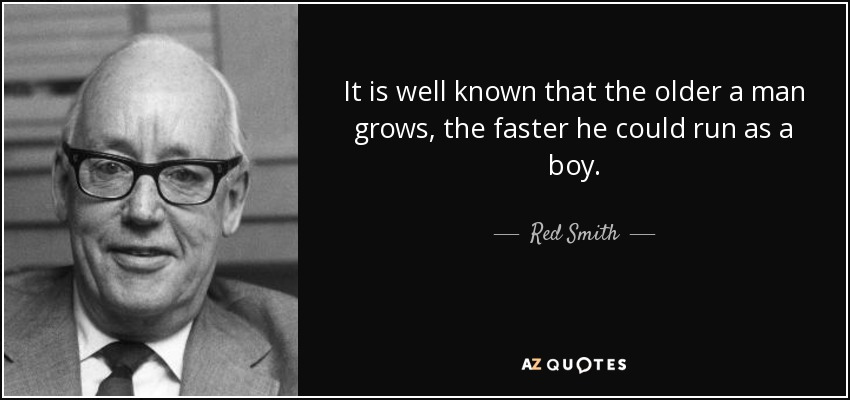Business writing is all about clarity and plain English. At least it is if you’re to believe most of the books on the subject. Saying what you mean and meaning what you say seems to be the ultimate aim according to most how to guides and training courses. All of which is fine – if a little limited. I’m not the first to point out that aspiring to write plain English isn’t terribly ambitious. Surely we should be aiming to write colourful English at work; to entertain and inspire, not just explain?
Red Smith, the 1940s journalist, had his own views on lining up letters. “Writing is easy”, he said, “just open a vein and bleed. ” That is the antithesis of just aiming for plain speaking and clear thinking. That view seems to suggest that writing is confessional; that it should have an emotional and visceral power and be about feeling and insight, rather than prepositions and participles.

In truth, most commercial writing is fairly bloodless. But that’s why it’s so important to inject some feeling into your writing and to collect your own personal library of headlines, articles, blogs and posts that move people. Raw, open, honest and emotionally charged non-fiction can inspire us about the power of language in a way that no example of plain English ever can.
I’ve been prepping for a copywriting training session, looking for examples of inspiring non-fictional writing and I came across this from Caitlin Moran. It’s wonderfully written and clearly fits the description of a writer bleeding. The words we use at work will never be this raw or this bruising, but surely examples such as this suggest that good writing in any context has to do more than merely avoid stacked modifiers and dangling participles?